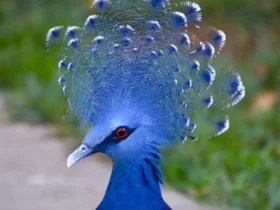In the fields and countryside of Europe, a striking and spirited game bird with distinctive red legs and intricate plumage captures the attention of nature enthusiasts and hunters alike. Introducing the Red-Legged Partridge (Alectoris rufa), a charismatic species that embodies the essence of rural landscapes and adds a touch of vibrancy to its surroundings. Join us as we explore the fascinating world of the Red-Legged Partridge, uncovering its unique characteristics and highlighting its significance in both natural and cultural contexts.
Red-Legged Partridge images

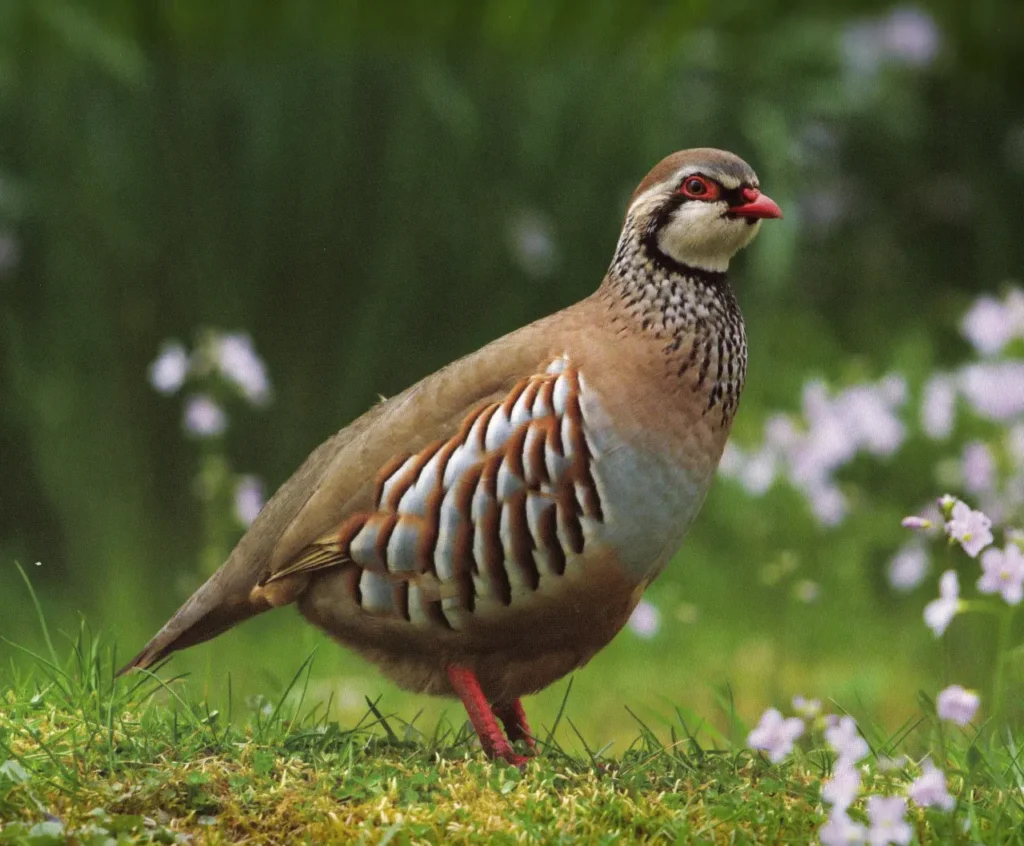
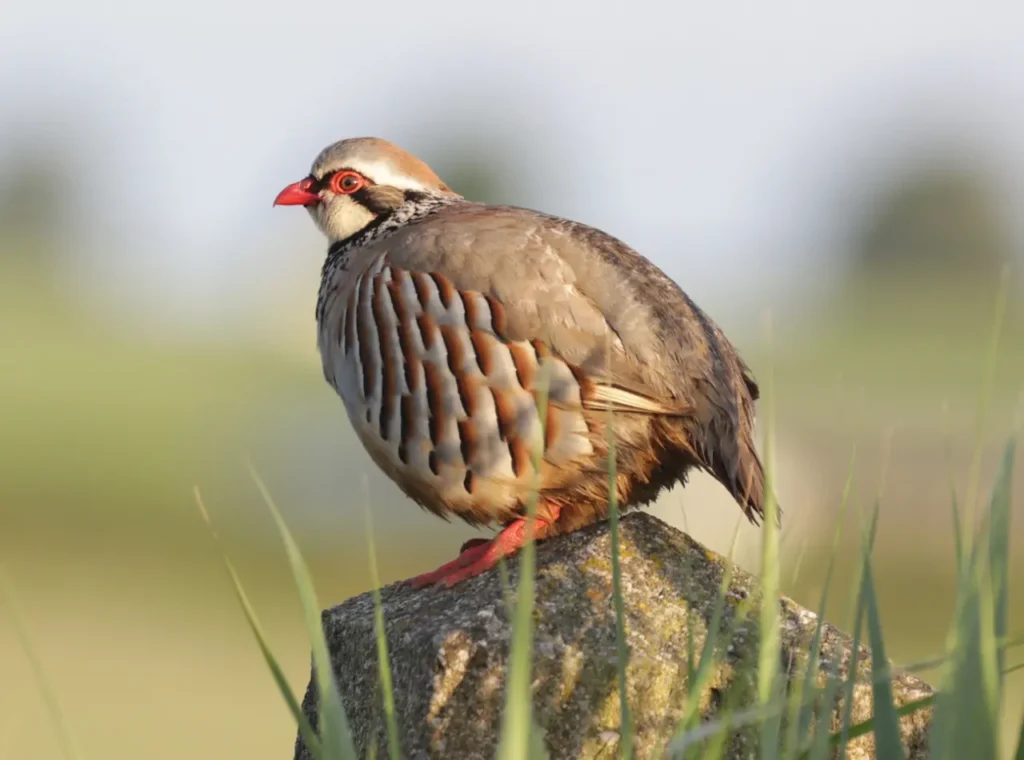

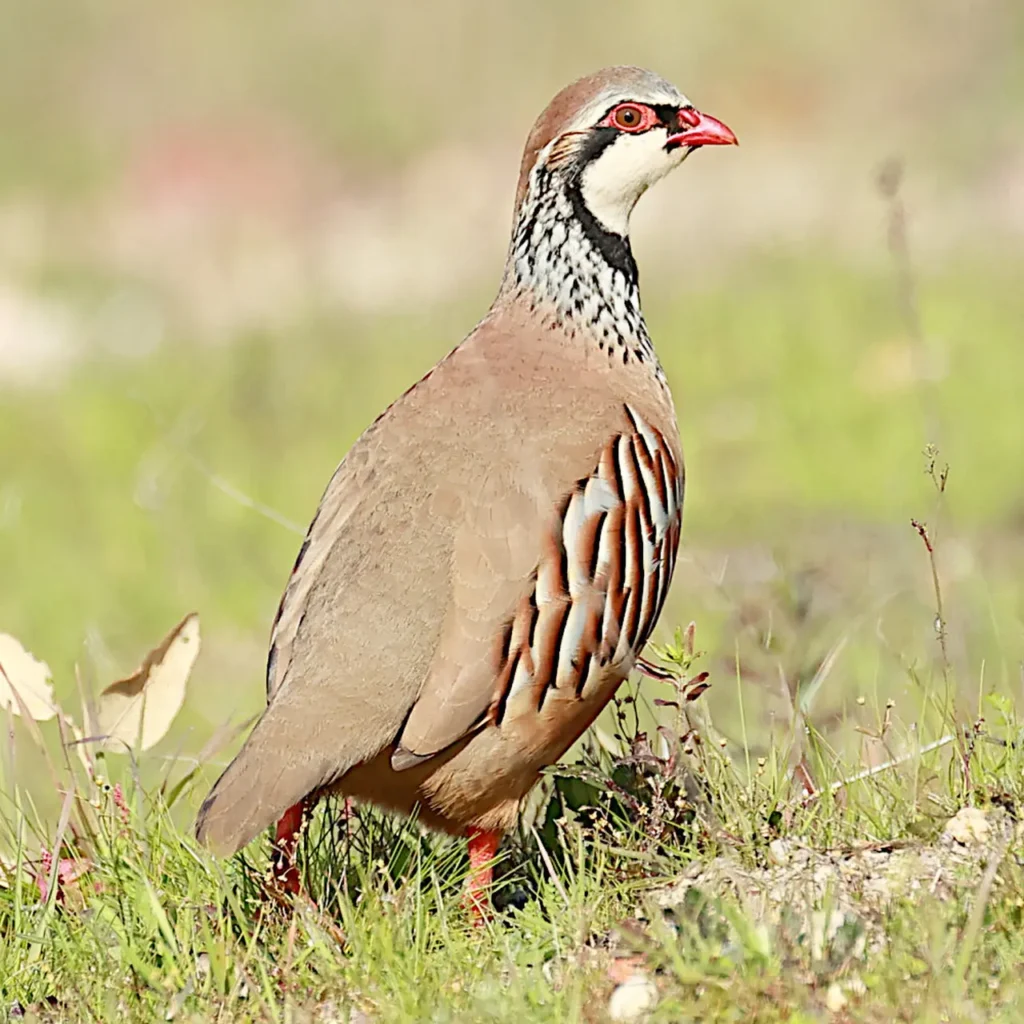
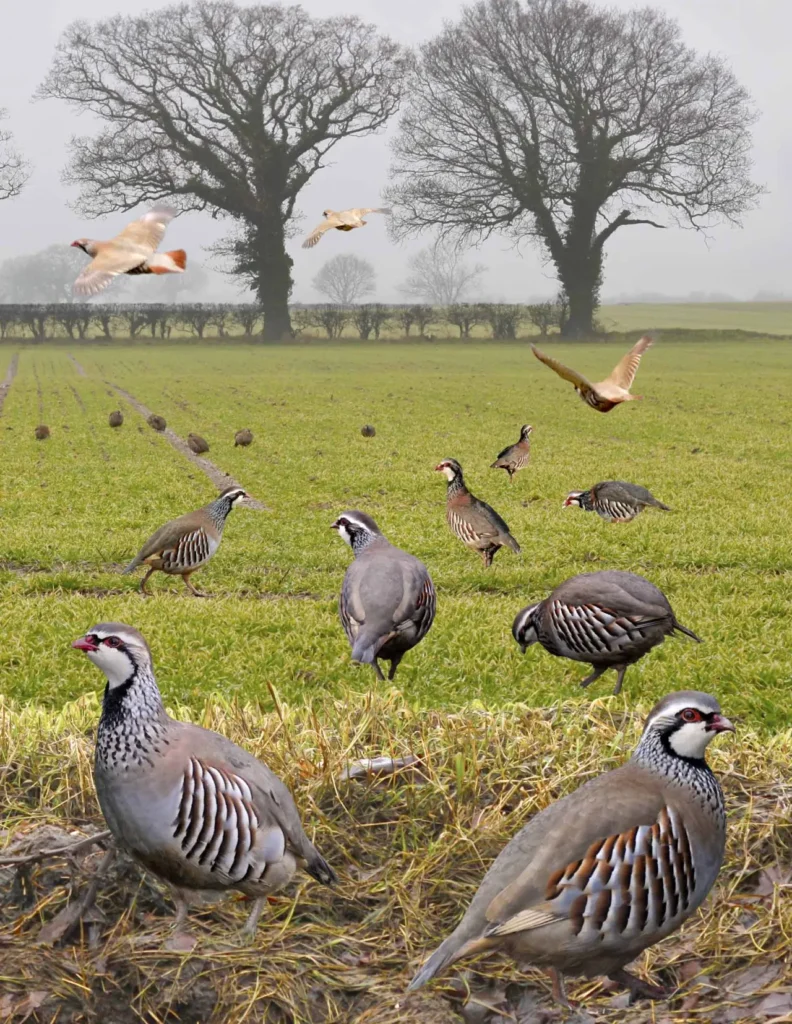
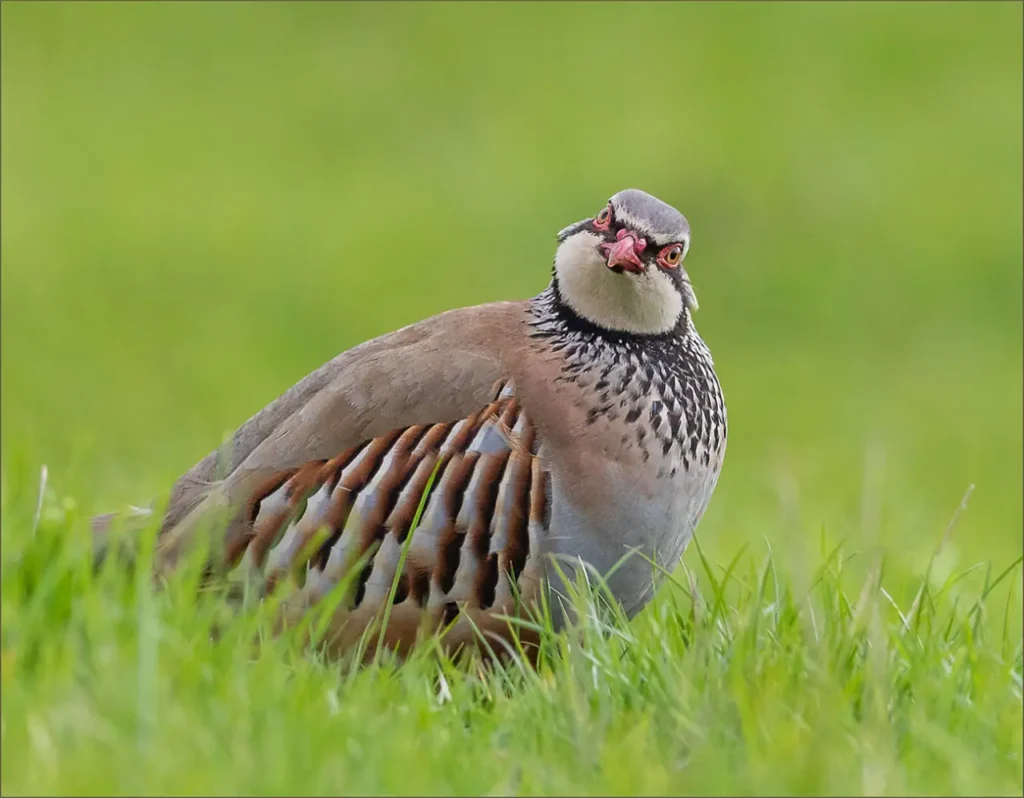


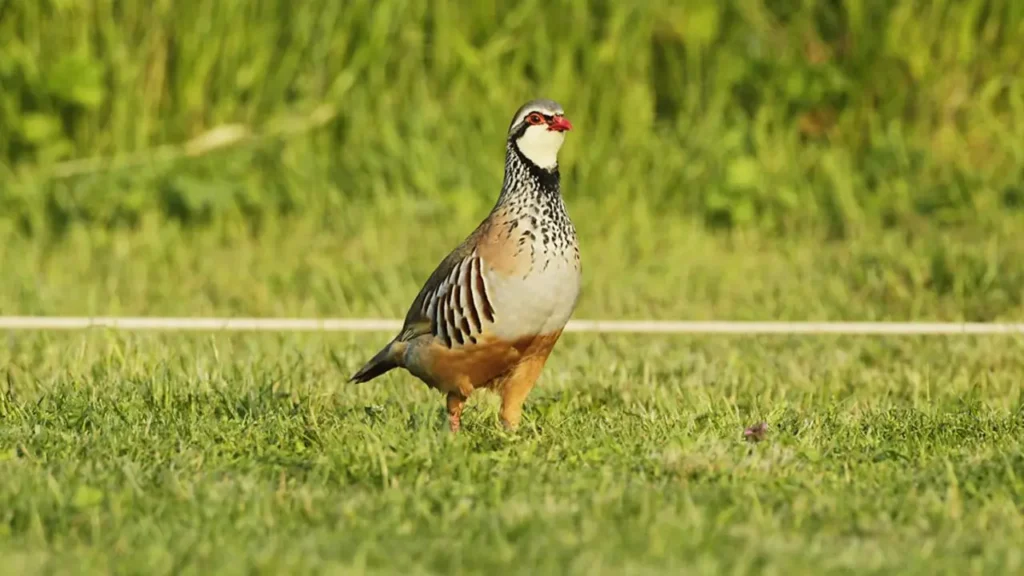
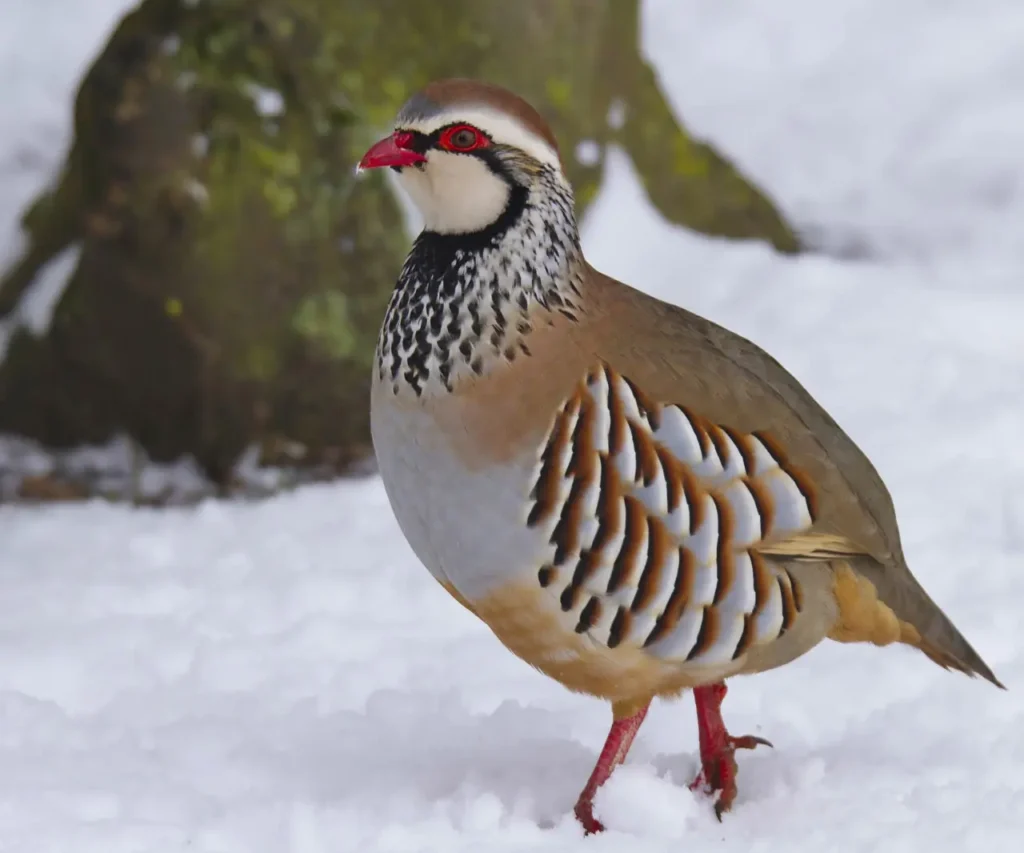
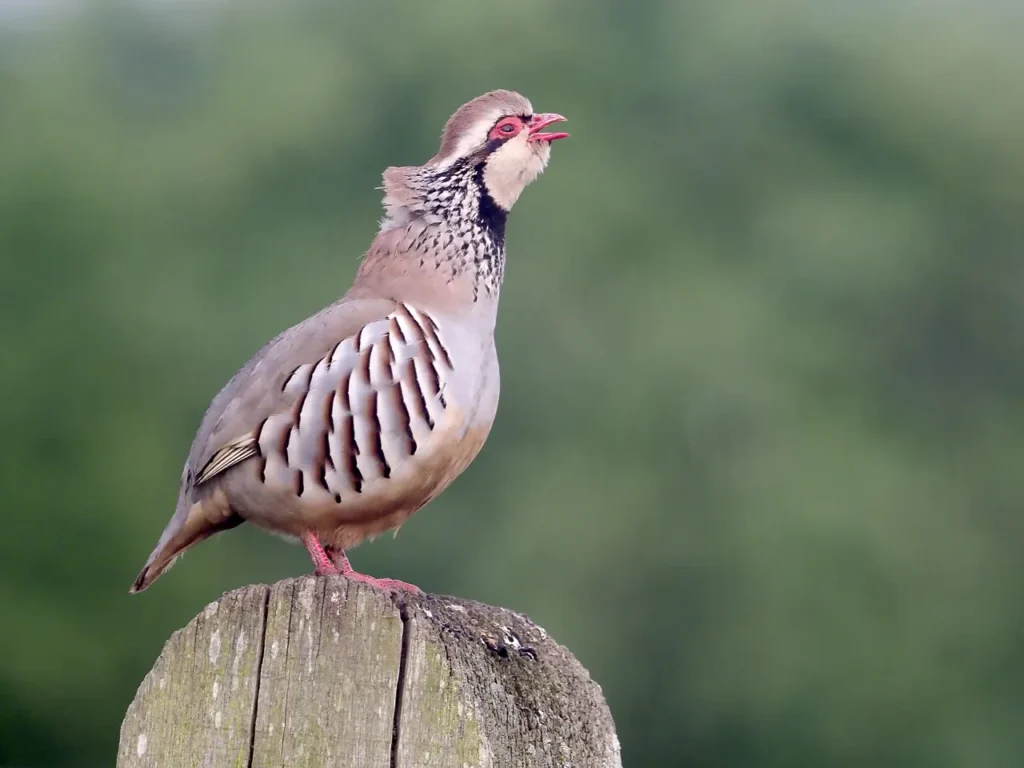

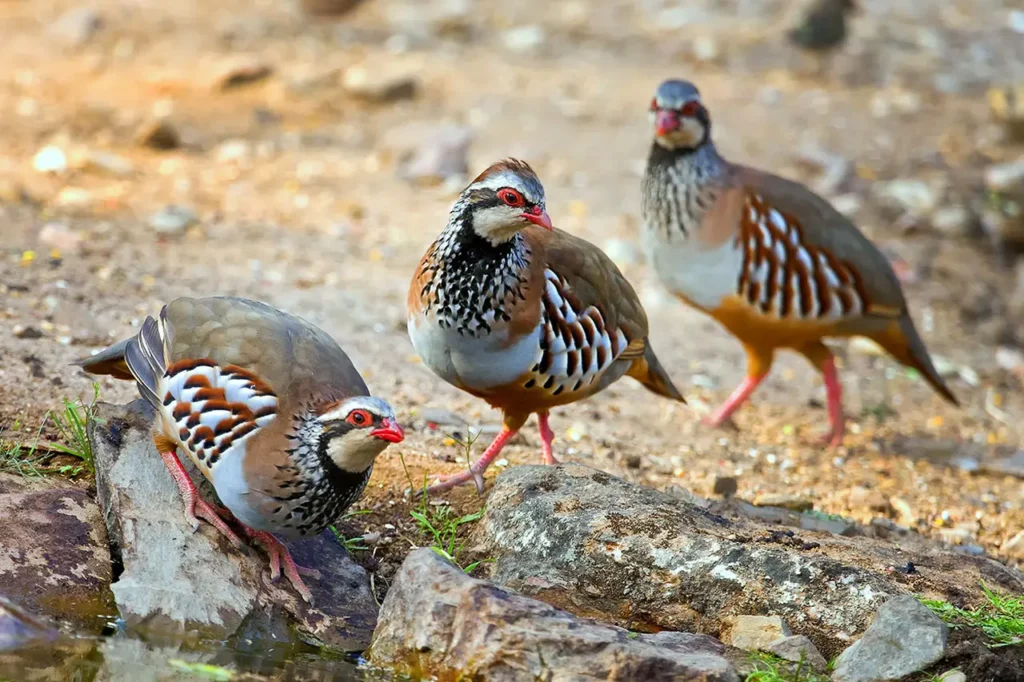
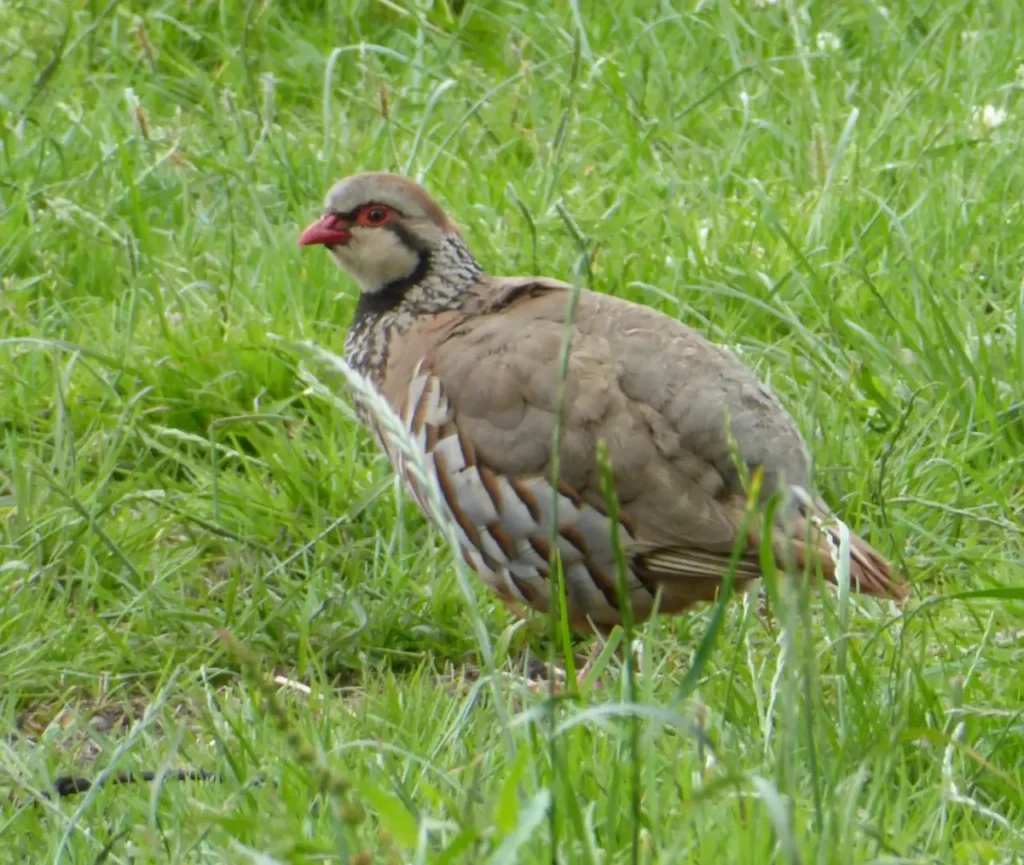

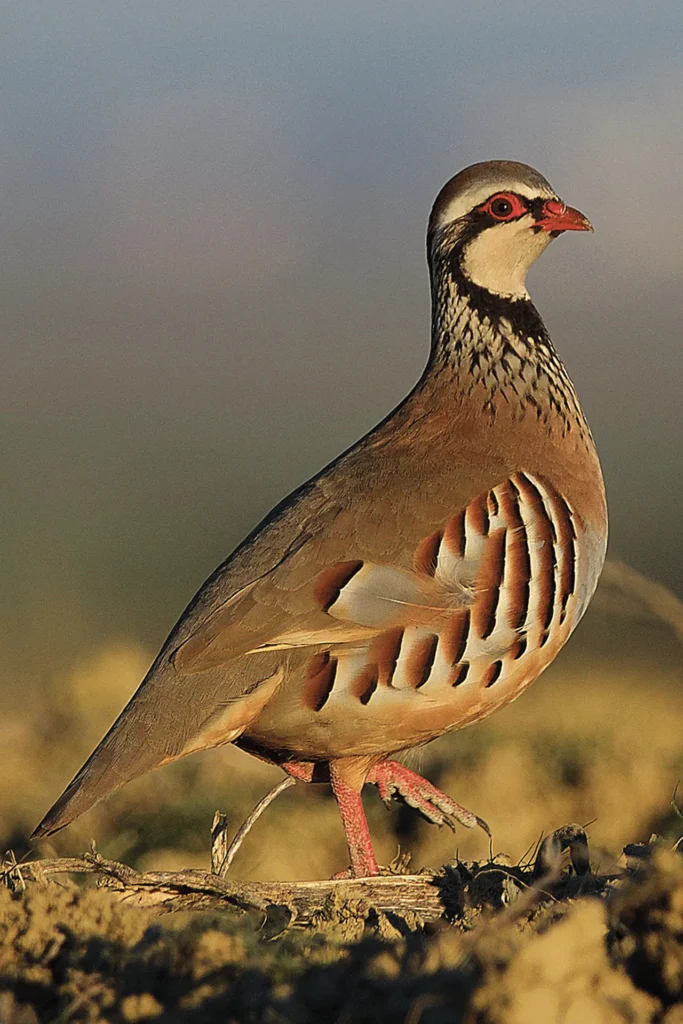
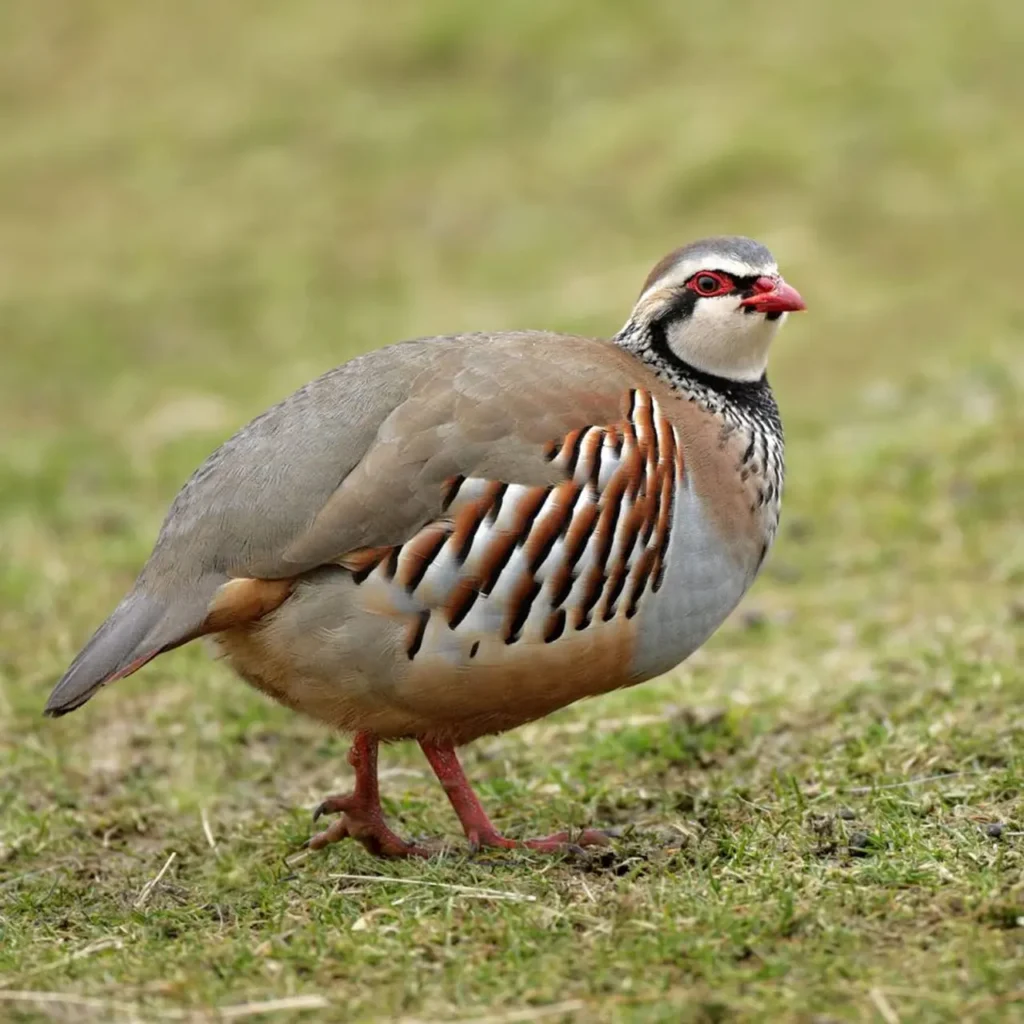


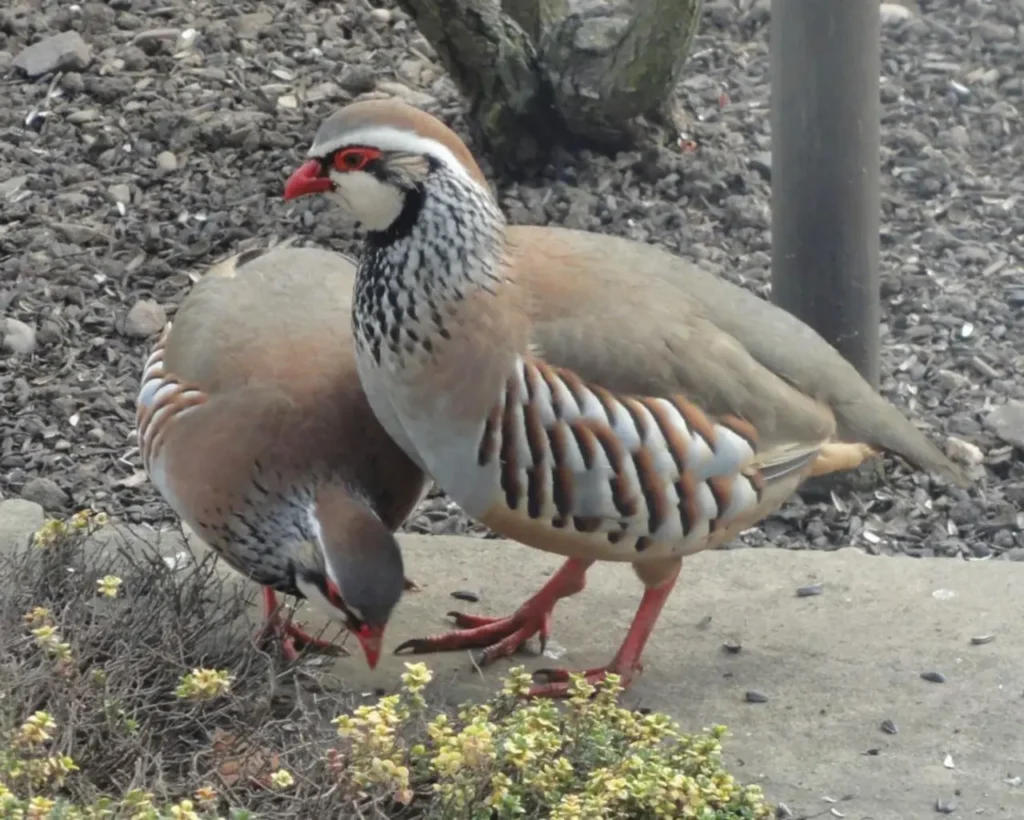
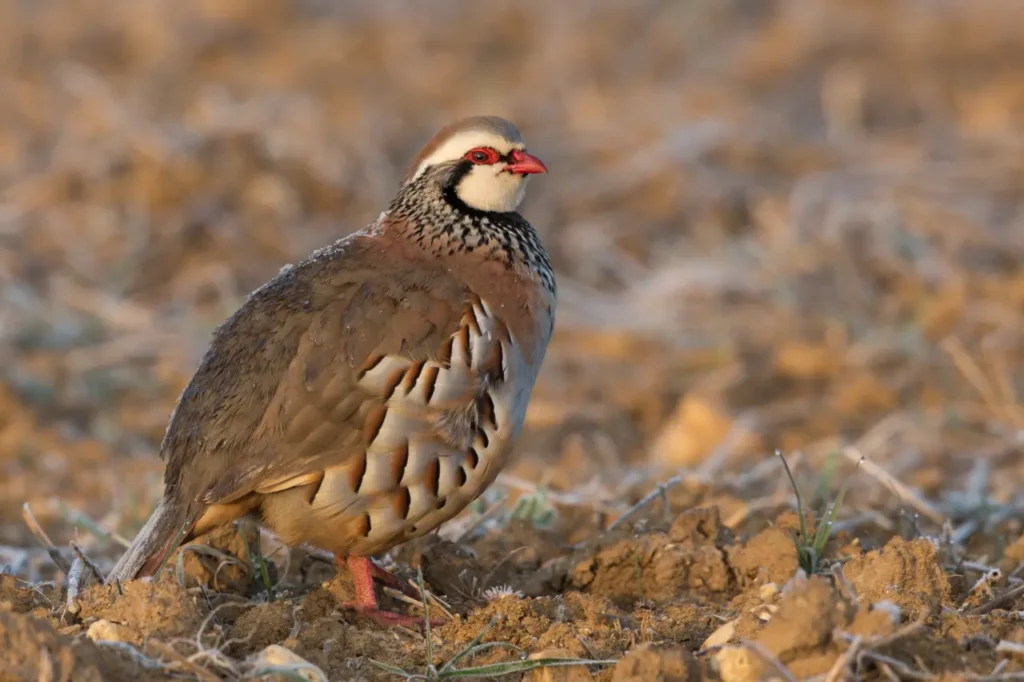

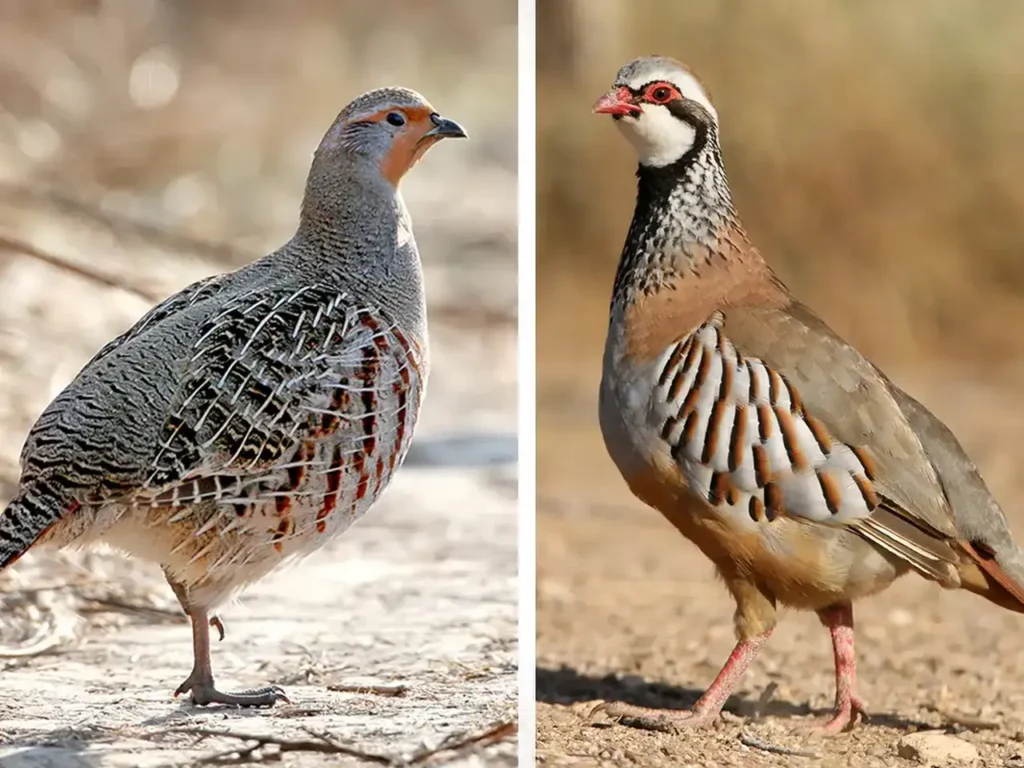
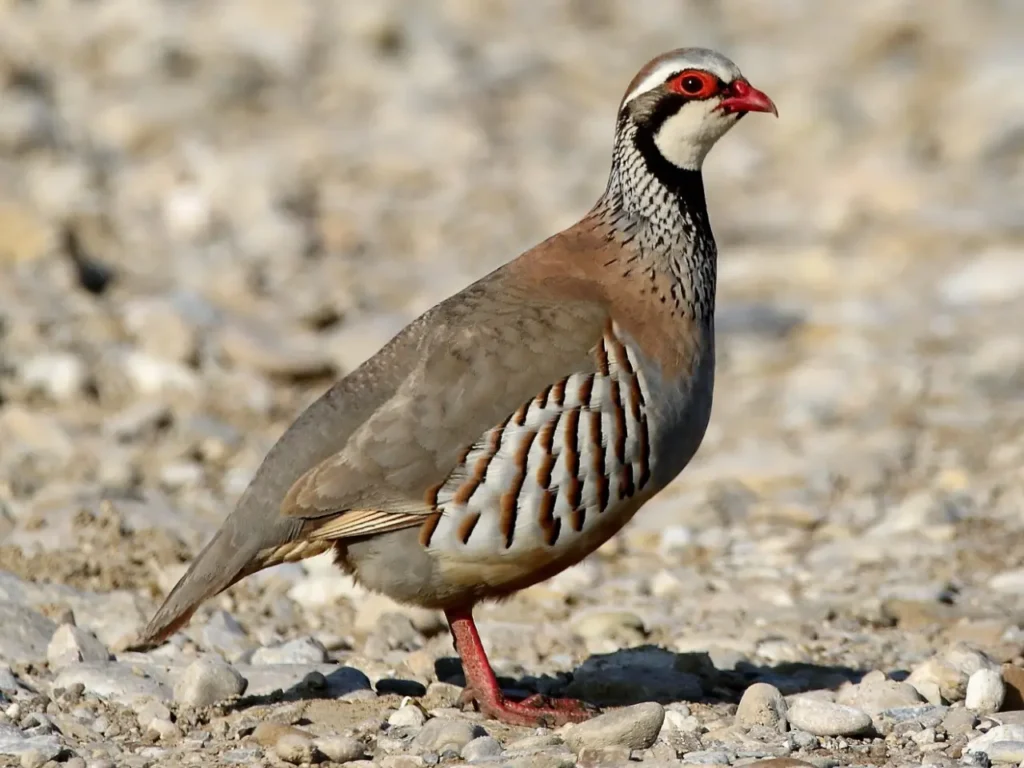
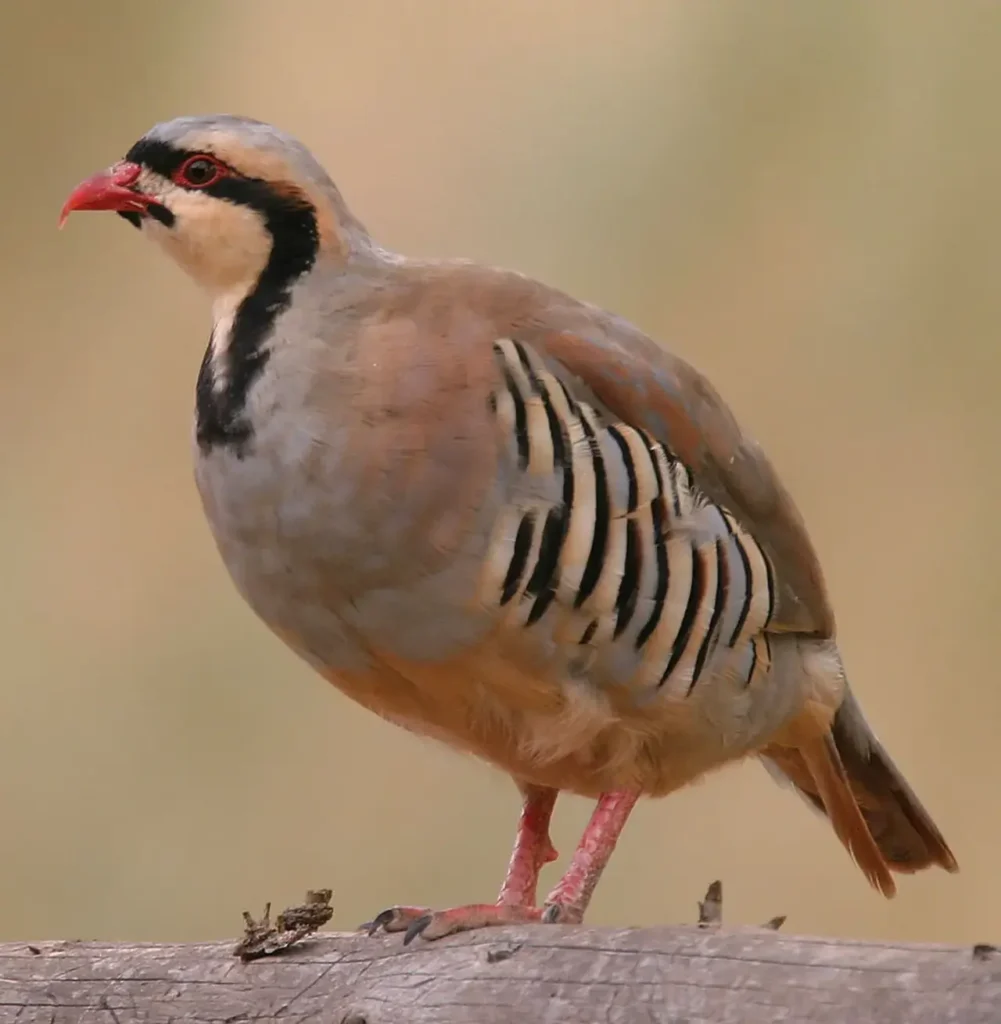
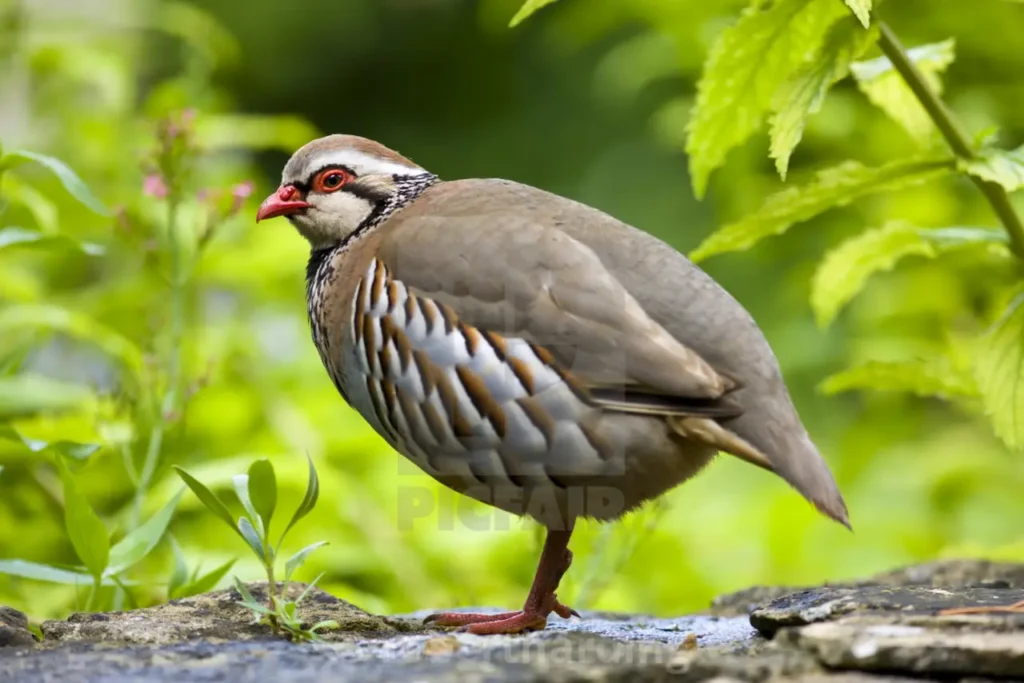
Facts about Red-Legged Partridge
The Red-Legged Partridge, also known as the French Partridge, is a medium-sized bird that belongs to the pheasant family. It features a compact and robust body, measuring around 30 centimeters (12 inches) in length. Its most distinguishing feature is its vivid red legs, which provide a stark contrast against its mottled brown and gray plumage. The striking combination of colors makes the Red-Legged Partridge easily recognizable in the fields and grasslands where it thrives.
Renowned for its adaptability, the Red-Legged Partridge inhabits a variety of habitats, including agricultural landscapes, open fields, scrublands, and woodland edges. It prefers areas with ample cover and vegetation for nesting and roosting while maintaining proximity to open spaces for foraging. This adaptability has contributed to its widespread distribution across Europe, where it has become an integral part of the rural landscape and an iconic symbol of game bird hunting.
The Red-Legged Partridge is known for its social behavior and often forms small coveys, or groups, consisting of several individuals. These coveys provide a sense of safety and increase the chances of survival against predators. They engage in a wide range of vocalizations, including distinctive calls and warning signals, to communicate and coordinate within the group.
During the breeding season, the male Red-Legged Partridge exhibits elaborate courtship displays to attract a mate. These displays involve puffing up its chest, extending its neck, and strutting in a rhythmic fashion while emitting a series of calls. Once a pair has formed, they establish a nesting territory and construct a shallow scrape on the ground, which is lined with grass and feathers. The female lays a clutch of around 10 to 20 eggs, which she incubates for approximately three weeks until they hatch.
As an important game bird, the Red-Legged Partridge holds cultural and economic significance in many European countries. It is highly sought after for hunting, providing both recreational opportunities and contributing to local economies. The species’ adaptability and fast flight make it a challenging target for hunters, adding to its allure and appeal.
Conservation efforts are crucial to ensure the long-term survival of the Red-Legged Partridge and its habitats. Habitat loss, agricultural intensification, and changes in land management practices pose significant threats to its populations. Initiatives such as habitat restoration, sustainable farming practices, and predator management programs can help mitigate these challenges and promote the conservation of this charismatic species.
Encountering a Red-Legged Partridge in its natural habitat is a memorable experience, showcasing the beauty of the countryside and the intricate web of life it supports. Whether admired for its vibrant appearance, admired as a game bird, or appreciated for its ecological role, the Red-Legged Partridge is a beloved symbol of rural landscapes and a testament to the delicate balance between wildlife and human activities.
As we embrace the beauty and significance of the Red-Legged Partridge, let us also embrace our responsibility as stewards of the environment. By supporting conservation efforts, promoting sustainable practices, and fostering an appreciation for the natural world, we can ensure the continued presence of this remarkable game bird and preserve the rich biodiversity of our rural landscapes for generations to come.
